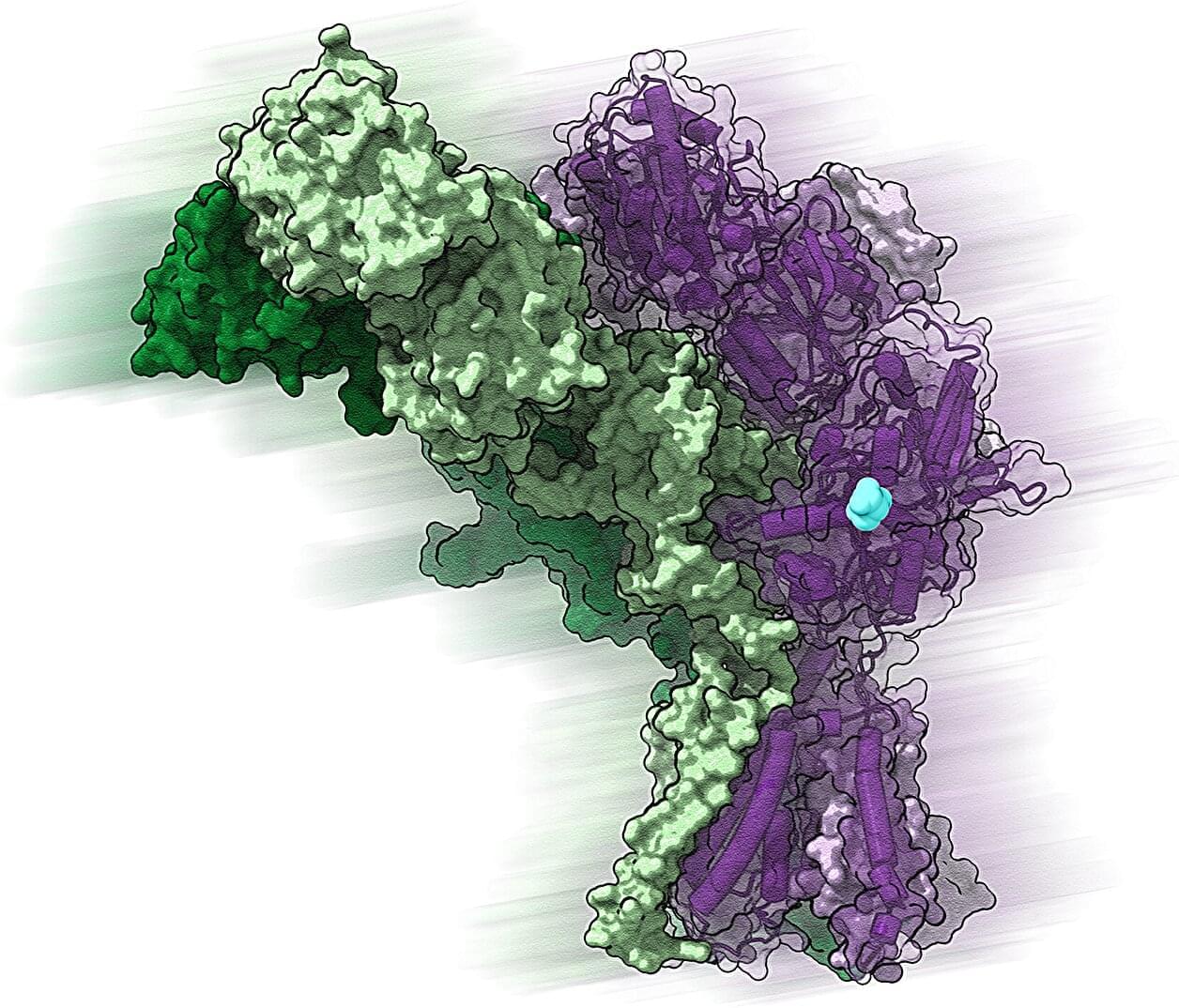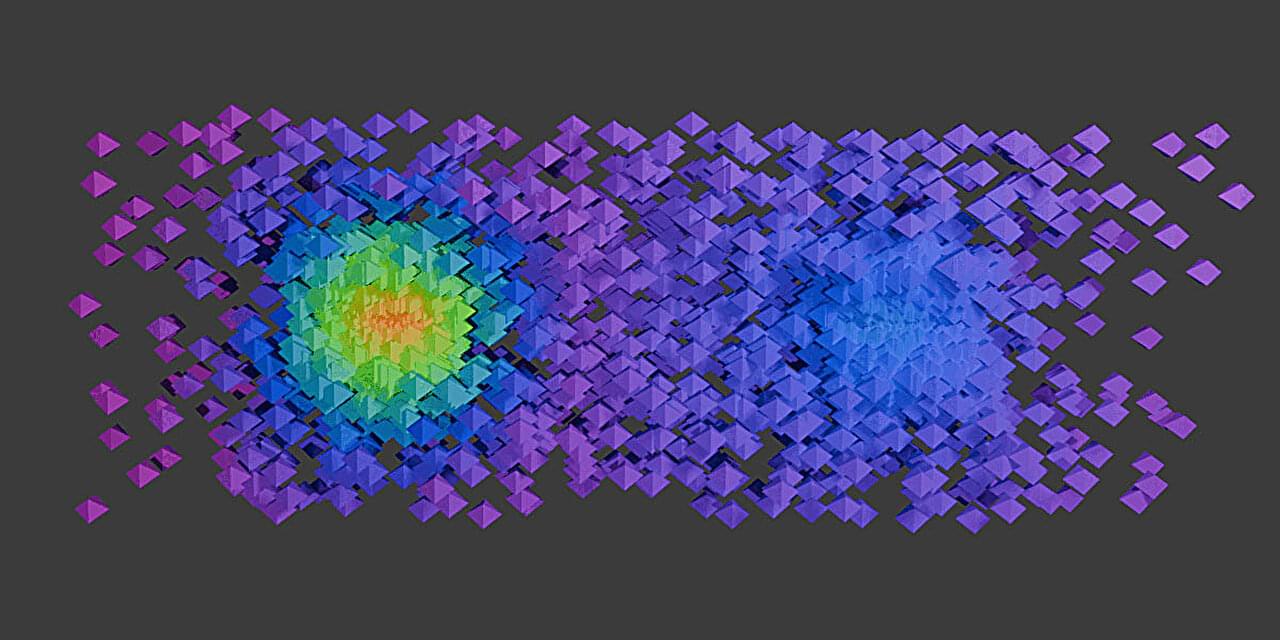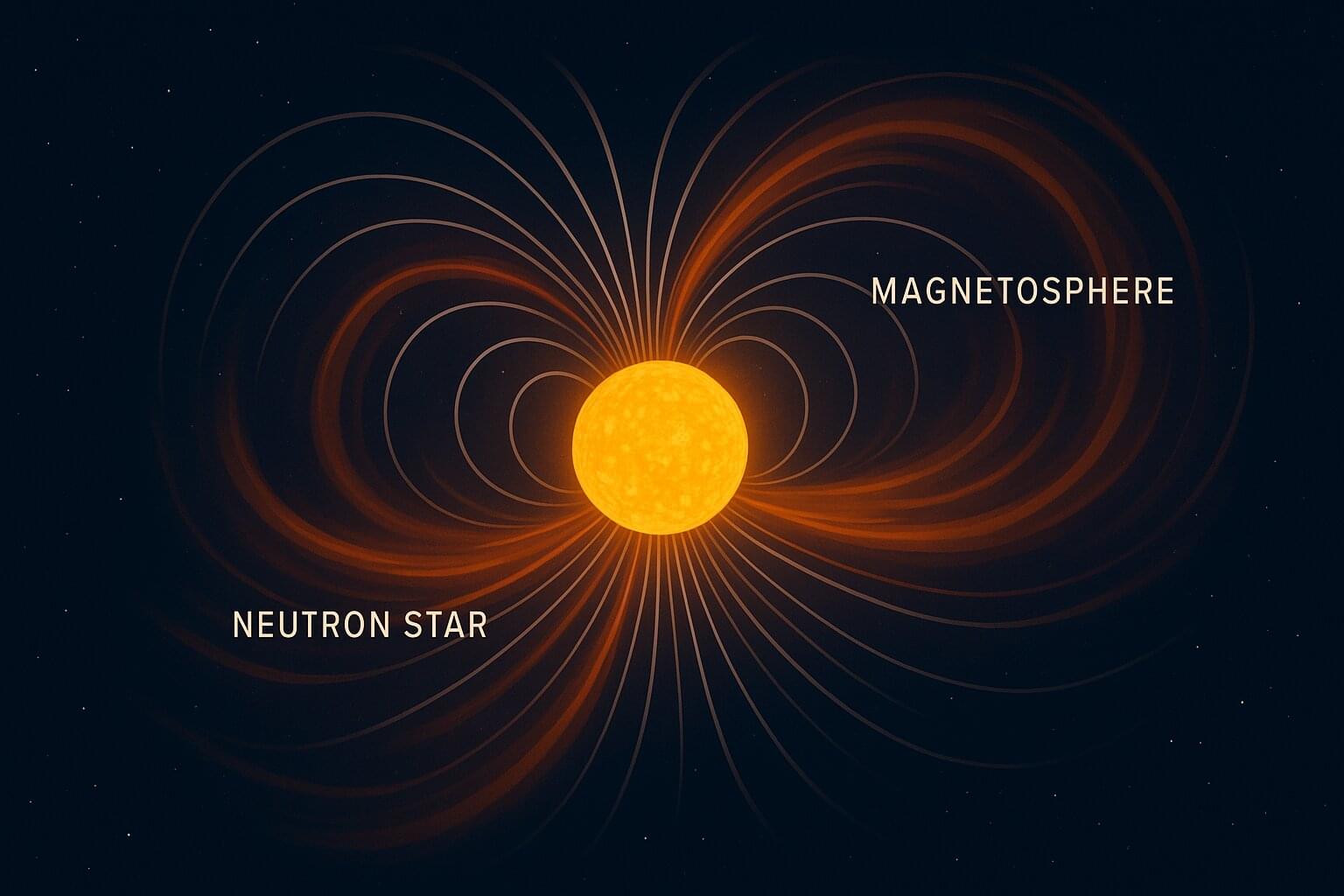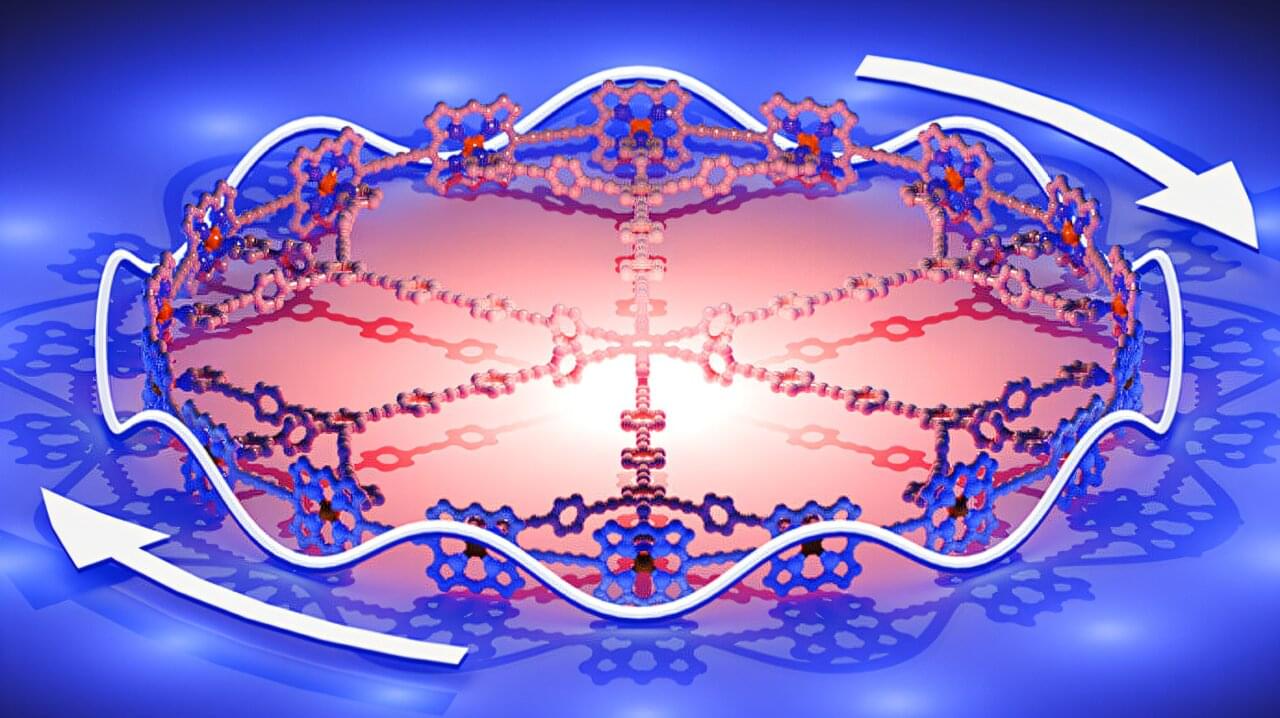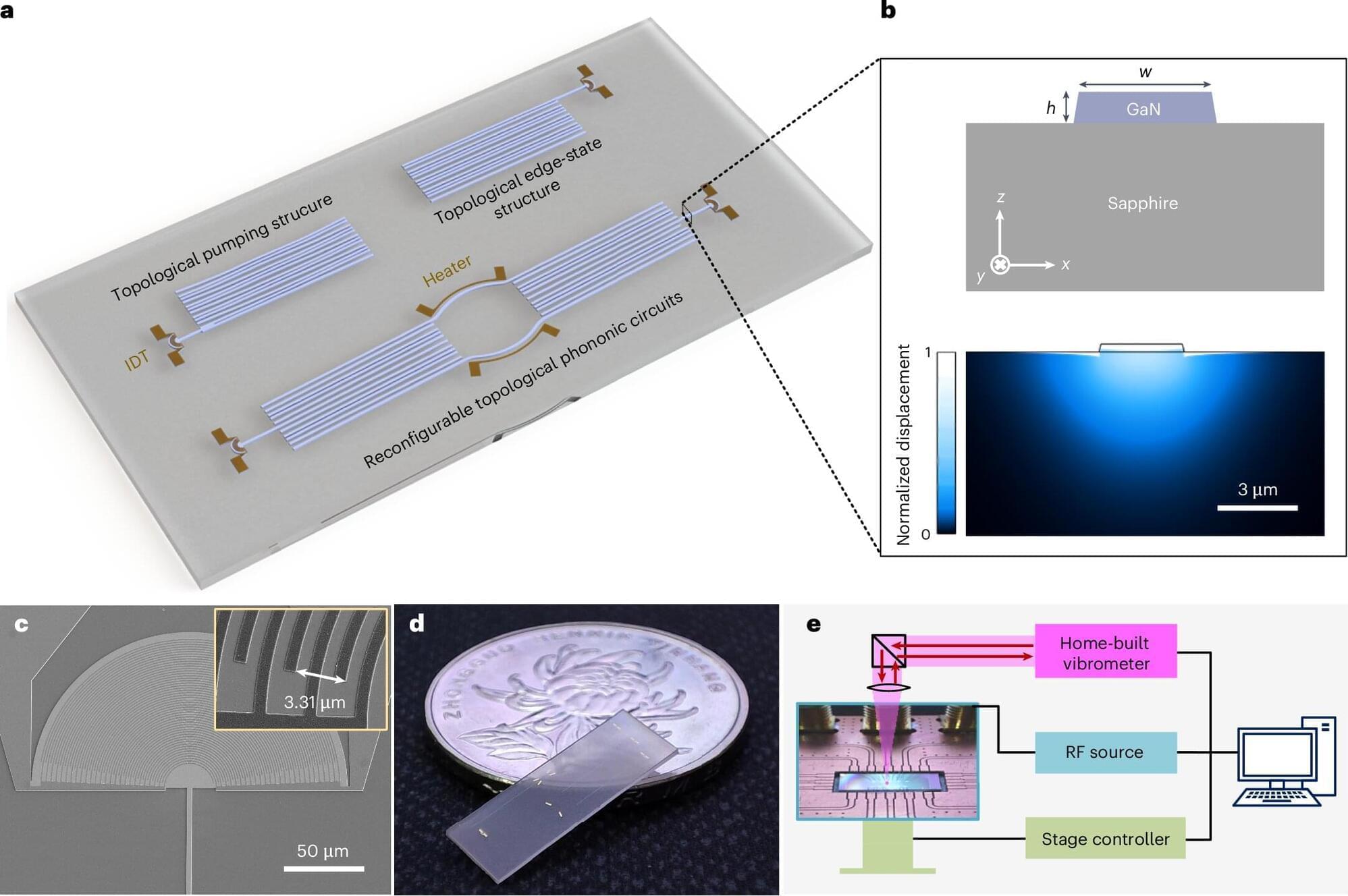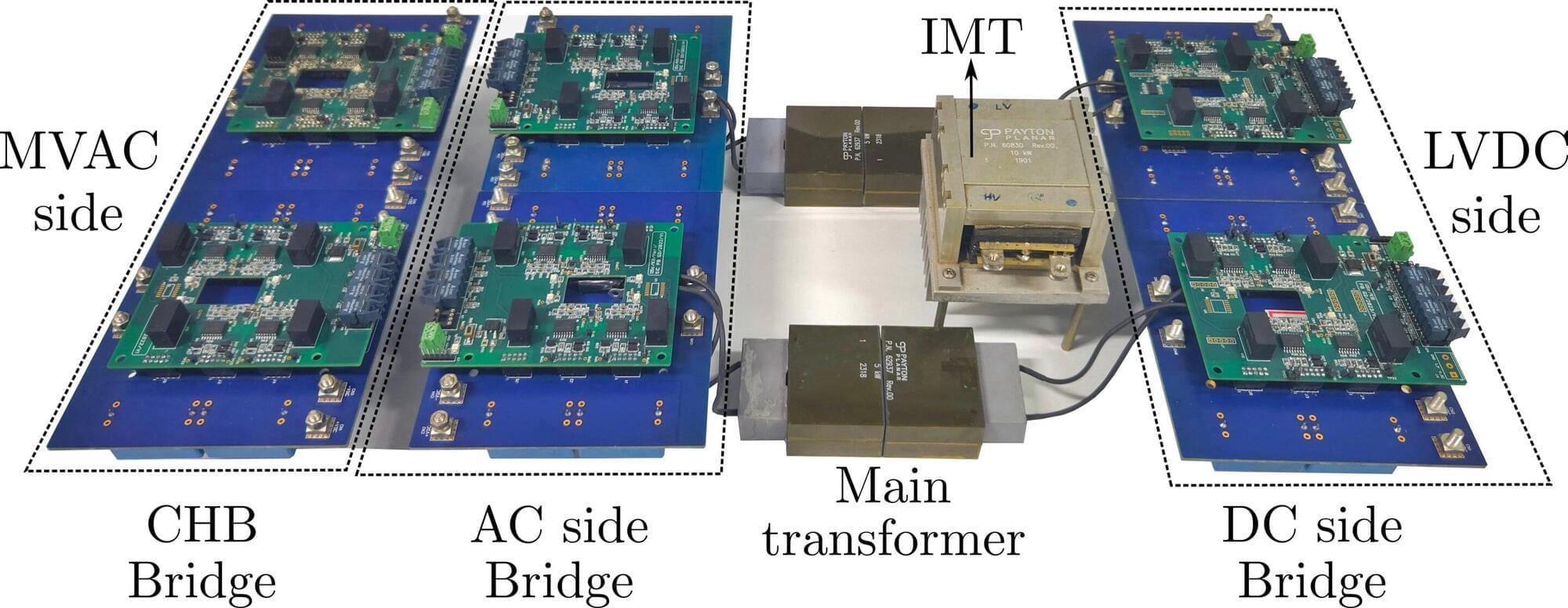In a new research report, scientists at Johns Hopkins Medicine say they have identified a potential target for drugs that could dial up or down the activity of certain brain proteins in efforts to treat psychiatric disorders, such as anxiety and schizophrenia, and a neurological condition that affects movement.
The proteins, called delta-type ionotropic glutamate receptors, or GluDs, have long been understood to play a major role in signaling between neurons. Mutations in GluD proteins are thought to drive psychiatric conditions, including anxiety and schizophrenia, the scientists say. Yet, scientists had few clues as to how GluDs function, hampering the ability to find treatments to regulate them.
“This class of protein has long been thought to be sitting dormant in the brain,” says Edward Twomey, Ph.D., assistant professor of biophysics and biophysical chemistry at the Johns Hopkins University School of Medicine. “Our findings indicate they are very much active and offer a potential channel to develop new therapies.”
